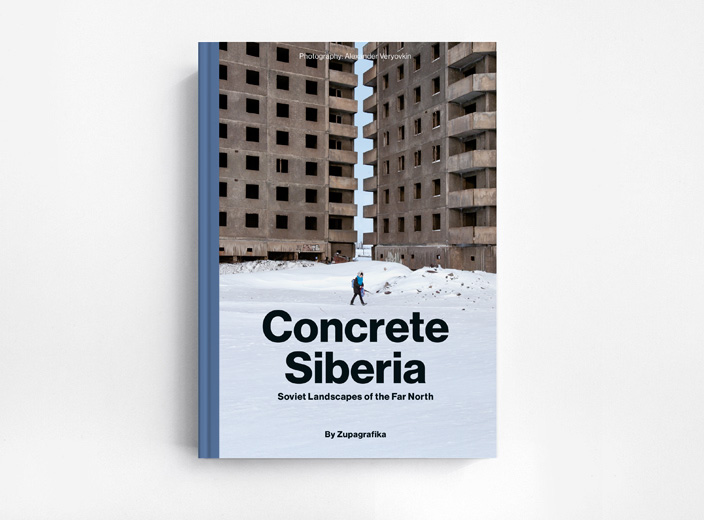Surrounded by clouds of sulphur fumes and rows of colourful prefabricated panel blocks protecting its city centre from the icy wind is the subarctic city of Norilsk.
The first wooden houses were erected by labourers from the Norillag gulag in 1935.

Like other Soviet-era monotowns (or Моногород), it was designed around a single industry in a remote part of the Soviet Union. In this case, the city was planned around Nickel Norilsk, the world’s largest extractor of nickel, palladium and platinum, which employed the majority of its inhabitants. Its perennially frozen ground, recently thawing due to climate change, made urban development particularly challenging.

The first wooden houses were erected by labourers from the Norillag gulag in 1935. When the gulag closed in 1957, a local ‘house factory’ started to mass-produce prefabricated panels for a five-storey Khrushchevka providing locals with the city’s first decent, climate-proof housing. To protect the permafrost from heat emitted by housing units, all the blocks were erected on reinforced concrete piles frozen into the subarctic soil.

Like other Soviet-era monotowns (or Моногород), it was designed around a single industry in a remote part of the Soviet Union.

Thanks to this method, Norilsk began to grow up and outwards. Incorporating the nearby towns of Talnakh and Kayerkan, it had become the largest Arctic municipality constructed on permafrost by the 1980s. However, not all houses on concrete legs stood the test of time, structures tend to collapse as climate change accelerates the melting of permafrost.

On top of that, the thawing of the perennially frozen soil is believed to be the cause of some of the worst ecological disasters in Arctic history, after a fuel depot collapsed at a power station on the outskirts of the city.

All the pictures featured in this post were comissioned by Zupagrafika to the Russian photographer Alexander Veryovkin and are included in the book Concrete Siberia.













